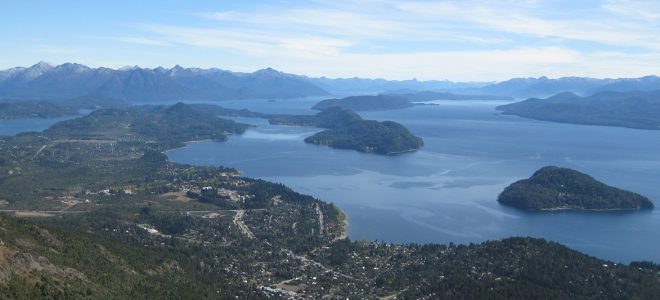

Emily Wakild is Associate Professor of History at Boise State University specializing in Latin American and Environmental History. She earned her B.A. from Willamette University in Salem, Oregon in 1999 and her Ph.D. in History from the University of Arizona in 2007. Prior to graduate school, she spent three years teaching middle school through the Teach for America program in deep South Texas. Wakild’s first book, Revolutionary Parks: Conservation, Social Justice, and Mexico’s National Parks, (University of Arizona Press, 2011) received awards from the Conference of Latin American History, the Forest History Society, and the Southeastern Council on Latin American Studies. Her current research about national parks in South America.
A view from the past by way of Patagonia
Iguazu Falls. Galapagos Islands. Atacama Desert. Amazon Rainforest. Patagonian glaciers.
For many people looking from afar, South America is associated with nature; it is a spectacular continent because of its paradigmatic scenery. Over two hundred years ago, scientists including the Prussian polymath Alexander von Humboldt and the better-known researcher Charles Darwin, toured the continent and gushed over its bountiful landscapes and resources. They laid the groundwork for the impressions of abundance embedded in corporate logos such as Amazon.com and Patagonia clothing. Scholars, including Nancy Leys Stepan and Candace Slater, have addressed the problems of “picturing tropical nature” or promoting narratives that this nature is an Edenic oasis or, alternatively, a green hell.[1] Such impressions largely portray resident peoples as absent, or worse, as static, unchanging, or part of nature themselves. But why do scientists continue to argue that this continent retains some of the highest concentrations of wild lands on the planet? One reason—although not the one many scholars claim—is that people within South America have set aside nature for protection for a lot longer than you might think.
Let’s take Patagonia, the ecological and cultural term used to designate a place on the southernmost reaches of South America, stopping just short of Antarctica. With windswept plains, jagged and craggy rock peaks, and baby-blue glaciers calving into the ocean, these landscapes drive a rugged imaginary of desolation that invokes romantic sentiments to many modern urbanites. But this appeal is not recent. Between 1903 and 1934, Argentina and Chile became two of the earliest countries in the world to create national parks. National governments produced these parks and Patagonia today holds the largest conservation areas (in terms of both size and number) in either nation.
NATURE STATES: STATE-BASED INSTITUTIONS AND FRONTIER TERRITORIES
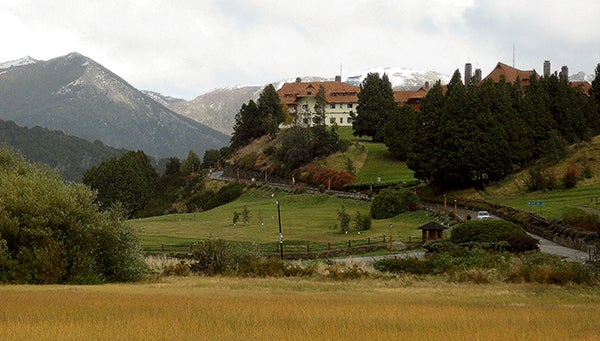
The emergence of national parks in Patagonia related to at least two critical factors: the growth of state-based institutions and the existence of frontier territories. State institutions include, among other things, fostering scientific societies, passing federal laws, and developing governmental agencies to manage nature in place. Bureaucrats and policies hardly produce romantic origin stories or popular mythology but they are necessary to provide a spine that creates the stability on which conservation depends. In turn, this cumulative state apparatus created the social and institutional infrastructure to design, support, and administer national parks. Importantly, even in similar national contexts, the constitution of these state institutions reflected distinct national priorities. The existence of frontier territories—or, more accurately, the creation of open land through war and dispossession—is more in keeping with Western notions of heroes and villains, cowboys and Indians, nature without culture. There has been some good coverage of the Patagonian frontier by historians so let me set that aspect aside for now to further discuss the issue of state institutions and their support of conservation.[2]
Along with my colleagues in Colombia, Germany, and Great Britain, I’ve recently helped to articulate the concept of a “nature-state” as a useful comparative term for historicizing the global creation of national parks. We set out to understand why it was that so many different states in vastly differing situations—from Fascist Italy of the 1930s to Colombia, one of three Latin American nations not to have a dictator in the 1970s, to post-communist Romania in the 1990s—took it upon themselves to create conservation areas for nature. In our forthcoming book, we posit that, “Nature States,” arose in different times and places to create and manage the institutions, regulations, and relations associated with a growing sense of responsibility on the part of political bodies towards nature.[3] Nature—not “the environment” which developed as a managerial concept more forcefully in the 1960s and 1970s—was the framework that states used to articulate their claims to and desire for, national parks, among other forms of conservation. We consider the range of the long twentieth century, roughly since the US’s creation of Yellowstone in 1872 through century up to the designation of Afghanistan’s first national park in 2009, because in this period, at least 193 countries designated nature protection areas. Collectively, these form more than isolated acts as each declaration also announces that particular state’s affiliation as part of a global club that generally agrees to certain notions of conservation (although management in practice, of course, varies greatly).
A COMPLEX MOSAIC
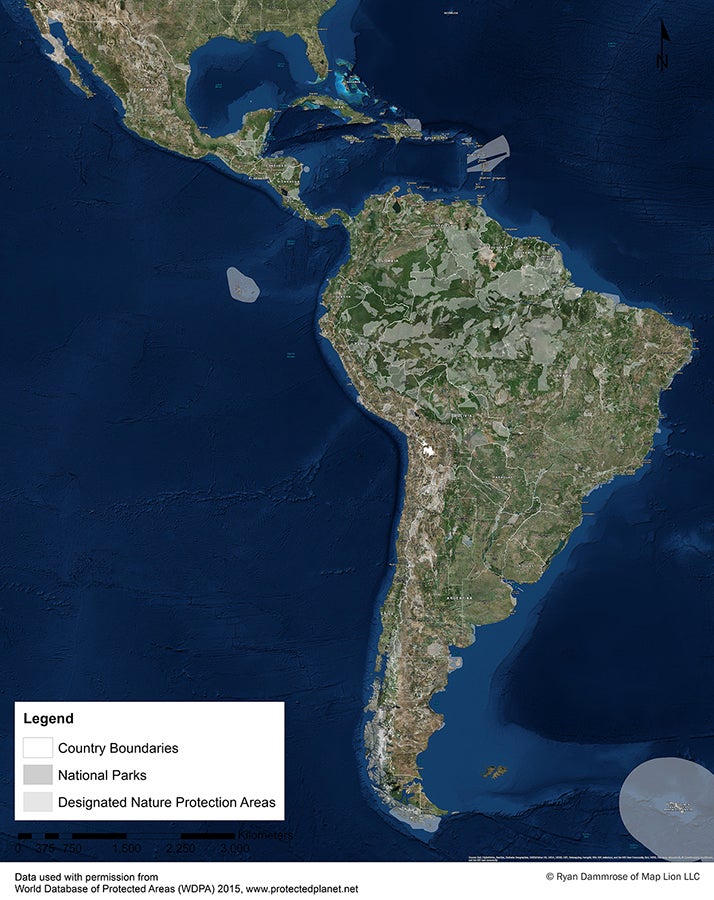
What did this look like? A complex mosaic, at best. Far from homogenous, many varieties of nature states emerged even in similar landscapes in the same region. For Patagonia, it meant that Argentine officials accepted a private land donation on a picturesque alpine lake (Nahuel Huapi) and used it as a platform for constructing elaborate and effective tourist infrastructure of the town San Carlos de Bariloche, including the illustrious Hotel Llao Llao that served as a luxury resort by 1940. Early on, the government used these railroads, hotels, and national parks to provide urban workers with their first ever state-sponsored vacations in the 1950s. By the 1990s, this circuit became an obligatory destination for backpackers and skiers from around the world.
For Chile the strategy was different. Conservation meant declaring, and often un-declaring, a series of parks that dealt largely with forestry issues instead of tourism. These included Malleco Forest Reserve in 1907 and Villarrica Forest Reserve in 1912 [Portions of Villarica Forest Reserve became Benjamín Vicuña Mackenna National Park in1925 and then Huerquehue National Park in 1967 (click here to read the park’s blog), as well as the national parks Benjamín Vicuña Mackenna in 1925 and Vicente Pérez Rosales in 1926. This process exemplified complex formal and informal negotiations over how to conserve and rehabilitate forests in an area unwisely chosen for wheat development decades prior. The parks fit alongside—although not always easily—many other land uses and sometimes fierce land tenure struggles among indigenous Mapuche residents, second generation European and Chilean immigrants, and foresters aiming for “rational” forest use. Parks premised on tourism and parks designed for forests form two distinct configurations of nature states that nonetheless share the common premise that the work of protecting nature is an obligation of a modern, mature, stable state. And this was an obligation that more and more nations came to see as their own.
Why care what countries far away did a long time ago? What does old policy matter to conservation today? I’d like to suggest that these distant and obscure cases can teach conservation practitioners, national policy makers, and eager publics across the Americas and beyond ways of being better stewards of our planet. The future is not shaped solely by innovation; it also requires reflection.
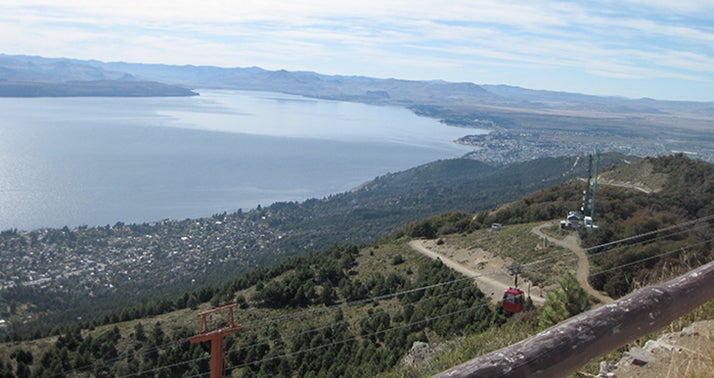
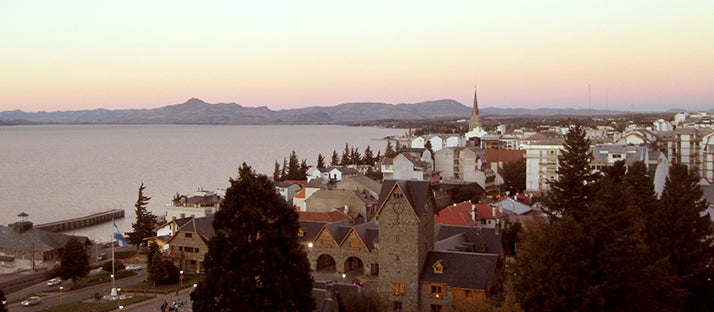
THE FUTURE: INNOVATION AND REFLECTION
Let me give a few examples. First, scholarly debates about the causes for and effectiveness of conservation have crescendoed in recent years, especially among scientists (mainly in conservation biology) and conservation practitioners (most notably the Nature Conservancy). These debates largely center on the idea of a “new conservation” articulated by Peter Kareiva, Michelle Marvier, and Robert Lalasz in 2012.[4] In this controversial paper, the authors claim conservation is headed the wrong direction because of a divisive past and unclear priorities.[5] They argue that a “new” conservation should put people at the center, pushing aside the fraught and culturally-influenced notion of wilderness. Not surprisingly, many scientists who study these same landscapes have attempted to stick up for the nonhuman actors in this drama.[6] Unfortunately, historians have been slow to engage this debate.[7] Just what is “new” about conservation today? Argentine tourists from the 1950s might testify to the recycled character of putting humans at the center of a conservation strategy. By neglecting to weigh in on this debate, historians abdicate their potential role in the very real stakes of future conservation planning which will inevitably reverberate in not just academic papers but in landscapes and societies for decades to come. These decision makers should apply lessons from Patagonia in thinking about which priorities give the most desired outcomes—flexible forestry policies or egalitarian tourist infrastructure for instance—and more fully consider the range of strategies that have been and can be employed to enliven parks.
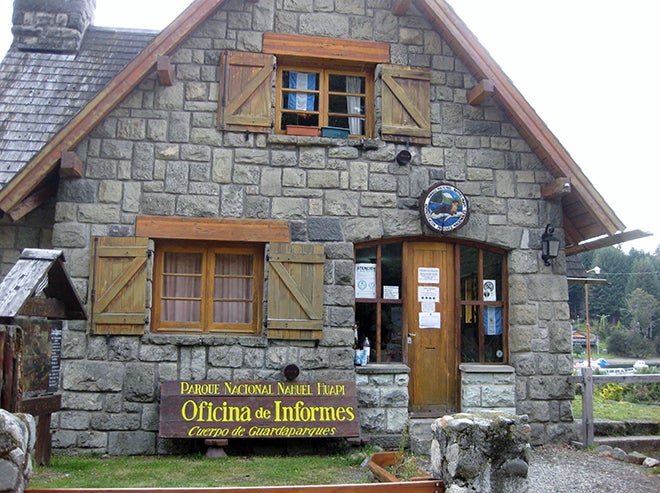
Second, the debates among scholars have already reverberated into more popular understandings of conservation and its conflicted history. This popular dissemination is both promising and problematic. Some of this discussion provides excellent opportunities for reflection and an expansion of narrow ideas about who benefits from conservation. But other popular articles have not only mischaracterized the past, they’ve promoted less complete explanations rather than more expansive ones. For example, Stephen Corry’s recent article invokes the deeper past—more than a century ago—but completely neglects and overlooks the dynamic changes conservationists have implemented in the past thirty years. Just as the past was never static, our interpretations of it must come to grips with both changes and continuities over time. A focus purely on a narrative of conservation’s imperial legacies impedes innovative new policies and collaborations some of which responded to that critique a generation ago. Thorough, comprehensive, and more complete histories give authority and authenticity to today’s decisions as well as tomorrow’s popular understandings.
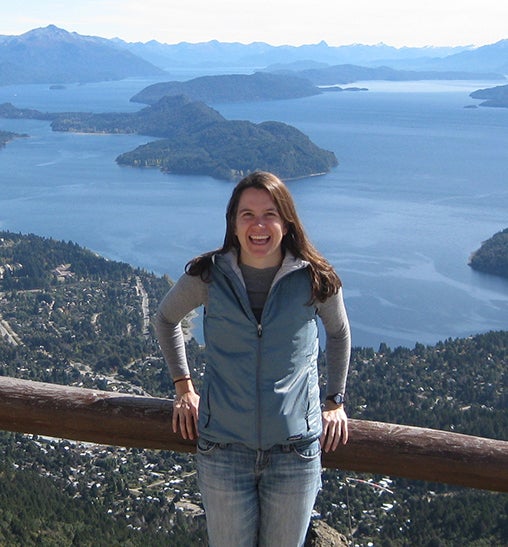
Third, by focusing on the broad and widespread history of national parks, scholars and the public can better account for the ways conservation has been both multicultural and multinatural. Few people remember that in 1940, Mexico had more national parks than any country in the world. Even more surprising, Mexicans created these parks during the mayhem of the twentieth-century’s first social revolution with a mind towards building a more just society.[8] Such expansive stories that extend far beyond a singular, heroic John Muir and Teddy Roosevelt narrative without misguided accusations or polarized implications.
Imagining parks as uniquely US creations—as did the Ken Burns documentary “America’s Best Idea” in 2009—or characterizing them as the opposite, Western impositions bound on creating “refugees,” greatly restricts the creativity with which they have been and continue to be reimagined worldwide.[9] And by extension, this limits views of what parks might become. By setting aside the notion that parks belong to and were created for a spoiled, narrow, segment of white people in the north, windows open to a future where parks belong to a globalized world full of nature states.
FOOTNOTES:
[1] Nancy Leys Stepan, Picturing Tropical Nature, (Reaktion Books, 2001 http://www.cornellpress.cornell.edu/book/?GCOI=80140100927420) ; Candace Slater, ed. In Search of the Rain Forest,.(Durham: Duke University Press, 2003) https://www.dukeupress.edu/in-search-of-the-rain-forest .
[2] For a great overview of Patagonia in Spanish see the collected work of Pedro Navarro Floria, available here: http://www.patagoniapnf.com/ In English, see an overview by Chris Moss, Patagonia: A Cultural History, https://global.oup.com/academic/product/patagonia-9780195342499?cc=us&lang=en&
[3] Claudia Leal, Wilko Graf von Hardenburg, Matthew Kelly, and Emily Wakild, The Nature State: Rethinking The History of Conservation, (Routledge Press, Environmental Humanities Series, under contract, expected publication Fall 2017). For other books in this series, see https://www.routledge.com/Routledge-Environmental-Humanities/book-series/REH
[4] Peter Kareiva, Michelle Marvier, and Robert Lalasz. “Conservation in the Anthropocene: Beyond Solitude and Fragility.” Breakthrough Institute (2012), http://thebreakthrough.org/index.php/journal/past-issues/issue-2/conservation-in-the-anthropocene
[5] Others have also made this claim, especially Mac Chapin, “A Challenge to Conservationists.” World Watch Magazine (2004) In a similar but aligned popular book that puts forth a series of case studies, see Emma Marris, Rambunctious Garden: Saving Nature in a Post Wild World, (New York: Bloomsbury, 2011) http://www.bloomsbury.com/us/rambunctious-garden-9781608194544/.
[6] George Wuerthner, Eileen Crist, and Tom Butler, eds., Protecting the Wild: Parks and Wilderness, The Foundation for Conservation, (Washington D.C.: Island Press, 2015) https://islandpress.org/book/protecting-the-wild
[7] There are two excellent very recent collections that constitute exceptions to this, Bernhard Gissibl, Sabine Höhler and Patrick Kupper, eds. Civilizing Nature: National Parks in Global Historical Perspective, (Oxford: Berghan Books, 2012) http://www.berghahnbooks.com/title/GissiblCivilizing ; Adrian Howkins, Jared Orsi, and Mark Fiege, National Parks beyond the Nation, (Norman: University of Oklahoma Press, 2016) See as well the website and bibliography behind this book https://nationalparksbeyondthenation.wordpress.com/ and a podcast with several participants http://niche-canada.org/2011/10/25/natures-past-episode-25-national-parks-beyond-the-nation/
[8] For a deeper elaboration of this point, see Emily Wakild, Revolutionary Parks: Conservation, Social Justice, and Mexico’s National Parks (Tucson: University of Arizona Press, 2011) https://www.uapress.arizona.edu/Books/bid2314.htm.
[9] Mark Dowie, Conservation Refugees: The Hundred-Year Conflict between Global Conservation and Native Peoples. Cambridge, Mass.: MIT Press, 2009. https://mitpress.mit.edu/books/conservation-refugees This more nuanced article proves a more balanced consideration, Arun Agrawal and Kent Redford. “Conservation and Displacement: An Overview.” Conservation and Society 7, no. 1 (2009): 1-10